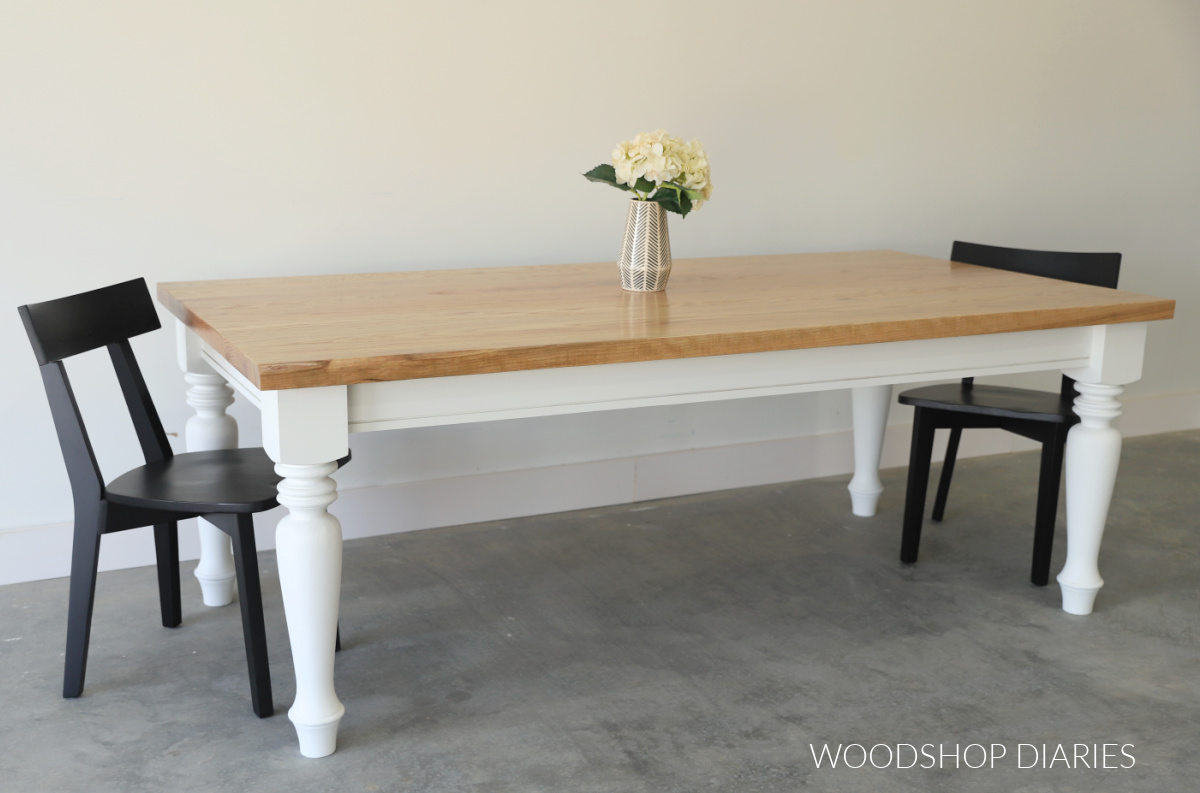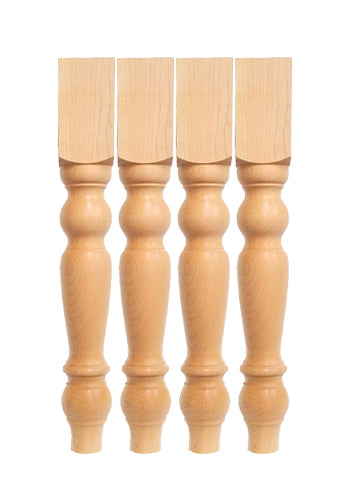Vital Factors To Consider for Picking the Right Table Legs Wood
Choosing the suitable timber for eating table legs includes a nuanced understanding of numerous aspects that affect both capability and visual allure. The selection of timber type, varying from robust woods to extra delicate softwoods, plays a crucial role in ensuring resilience and stability. Each of these aspects can dramatically affect the general experience of your dining space.
Value of Timber Type

Hardwoods, such as oak, walnut, and maple, are commonly favored for their toughness and resistance to put on. These kinds of timber supply a robust foundation that can stand up to everyday use, making them perfect for dining tables that experience frequent gatherings. In contrast, softer woods like want may be a lot more susceptible to scratches and dents, which might not be excellent for high-traffic locations.
In addition, the selection of timber can likewise impact the ease of upkeep. Some timbers need routine oiling or sealing to preserve their look, while others may be more flexible. Eventually, choosing the suitable timber kind involves stabilizing visual considerations with useful demands, ensuring that the table legs not just look enticing however additionally stand the examination of time.
Evaluating Security and Stamina
When examining dining table legs, one have to take into consideration the stability and toughness they offer to the general structure. The legs are essential in supporting the table top and making sure the dining experience is secure and delightful. A steady table is crucial for stopping tipping or wobbling, which can lead to spills or mishaps throughout meals.
The selection of wood kind significantly impacts toughness. Woods such as maple, oak, and walnut are generally a lot more robust and sturdy than softwoods like pine or fir. Furthermore, the density and design of the legs play a vital role; thicker legs or those with a conical layout can offer much better assistance and security.

Aesthetic Factors To Consider
While functionality is critical, the visual appeal of table legs can not be forgotten, as they substantially affect the overall design and setting of the dining area. The selection of style, timber, and coating can improve or take away from the table's visual effect.

Surfaces also play a vital role in appearances. A natural surface can highlight the timber's inherent charm, while repainted or discolored legs can present color and personality right into the room. Furthermore, the proportion and scale of the legs relative to the tabletop and bordering furnishings must be considered to make sure aesthetic equilibrium official source and cohesion.
Ultimately, the eating table legs should not just offer a practical function however likewise add to a natural and welcoming ambience, making them a vital consideration in the general style of the dining area.
Maintenance Requirements
To guarantee longevity and maintain the charm of wood eating table legs, routine maintenance is necessary (Dining Table Legs Wood). Timber is an all-natural product that can be at risk to harm from dampness, warm, and put on. Developing a routine care strategy will significantly boost the longevity of your eating table legs.
Begin with routine dusting using a soft, lint-free towel to eliminate dirt and debris that can damage the surface area. his explanation For more comprehensive cleansing, make use of a moderate soap remedy and damp fabric, preventing excess moisture that can leak into the timber. It is recommended to use a top notch wood gloss or conditioner every couple of months to nourish the timber and maintain its gloss.
Deal with any kind of scratches or damages without delay with suitable timber filler or touch-up pens to prevent more wear and tear. By sticking to these upkeep requirements, you will not just maintain the aesthetic charm of your wooden eating table legs yet also prolong their useful lifespan.
Budget and Cost Elements
Budget plan and expense aspects regularly play an essential role in the decision-making process for selecting wooden dining table legs. When examining choices, it is important to develop a clear spending plan that straightens with your total furniture investment. The cost of wood table legs can differ dramatically based upon the kind of layout, timber, and workmanship intricacy.
Woods such as oak, walnut, and cherry usually command higher rates because of their toughness and aesthetic click to read appeal. On the other hand, softer woods like pine might be a lot more budget friendly yet may not offer the very same durability. Furthermore, custom-made or artisan-crafted legs can incur extra expenses, showing the ability and time spent in their creation.
It is additionally vital to take into consideration the prospective long-term worth of your investment. While choosing lower-cost materials could seem financially sensible initially, they may require even more frequent substitute or repair work, inevitably raising total expense.
Therefore, balancing top quality and expense is important. Focus on materials that satisfy your visual preferences while guaranteeing they fit comfortably within your spending plan, allowing you to produce a dining area that is both visually attractive and useful.
Conclusion
In final thought, choosing the proper timber for eating table legs requires mindful factor to consider of numerous factors, including timber kind, security, aesthetics, maintenance, and budget. Ultimately, an educated choice will certainly boost the long life and aesthetic charm of the dining table, ensuring complete satisfaction and functionality for years to come.
Choosing the right kind of timber for eating table legs is vital for both visual allure and architectural honesty. Eventually, choosing the suitable wood kind includes balancing visual factors to consider with functional demands, ensuring that the eating table legs not just look attractive but additionally stand the examination of time.
It is recommended to apply a premium wood gloss or conditioner every few months to nourish the timber and preserve its luster.
The price of wooden dining table legs can differ substantially based on the type of workmanship, style, and wood intricacy.
In conclusion, choosing the suitable timber for dining table legs requires mindful consideration of numerous aspects, including wood kind, stability, aesthetics, upkeep, and budget.